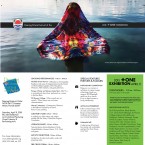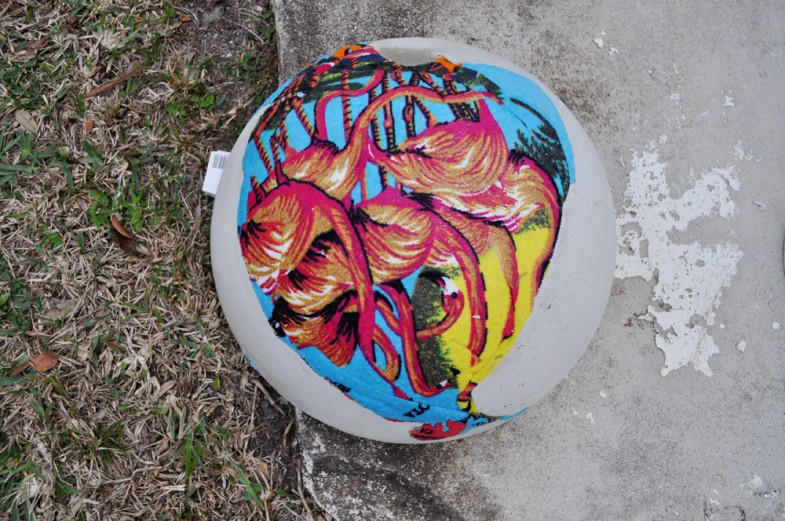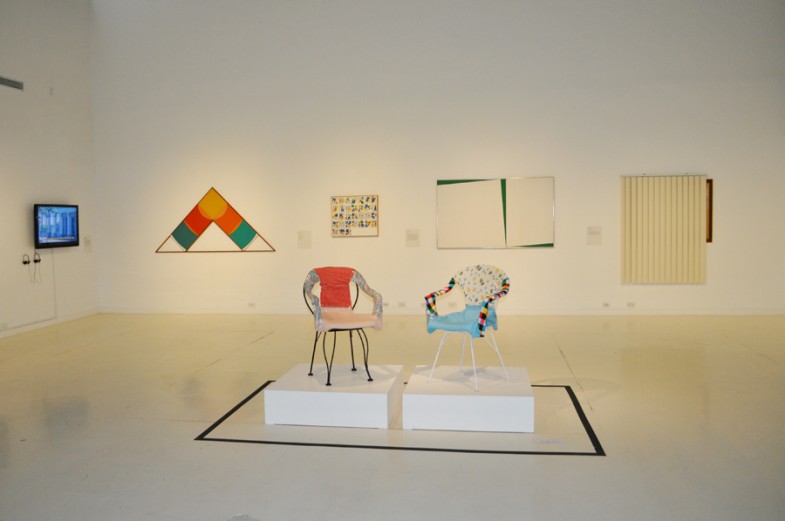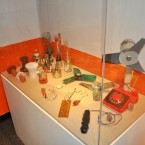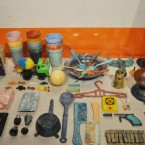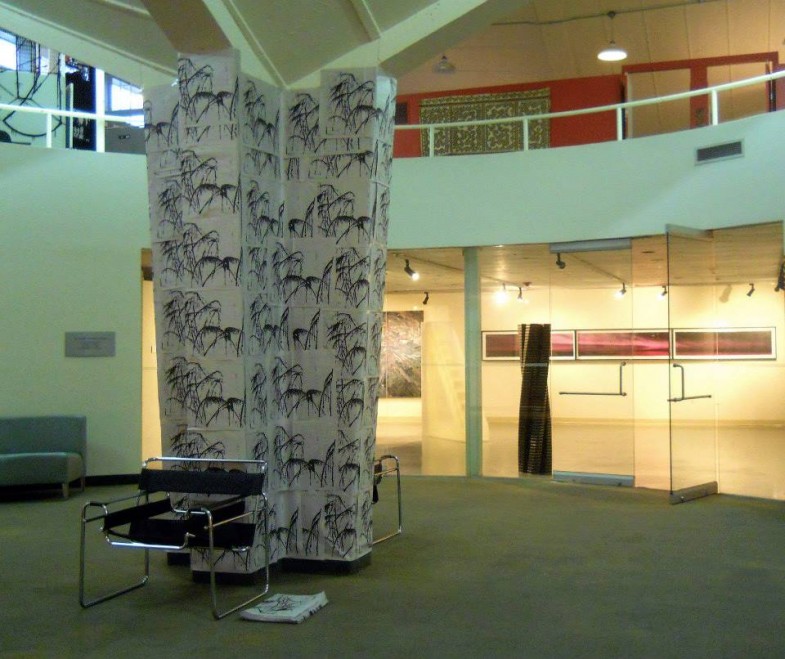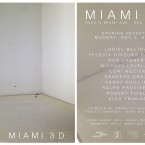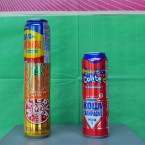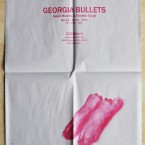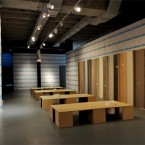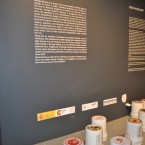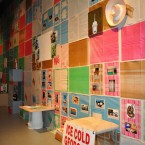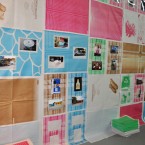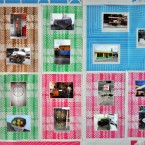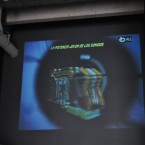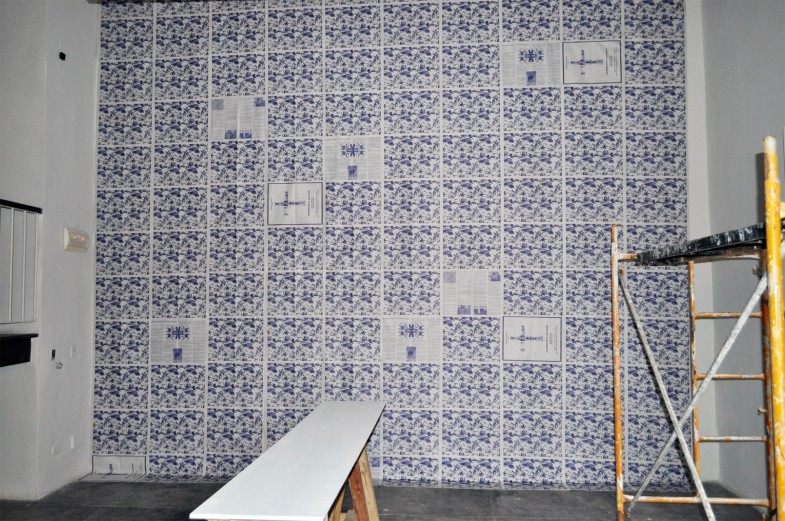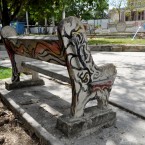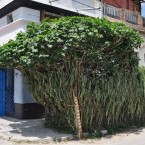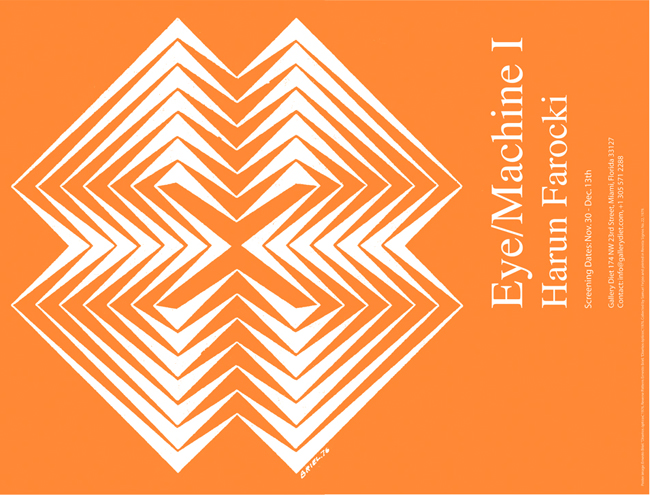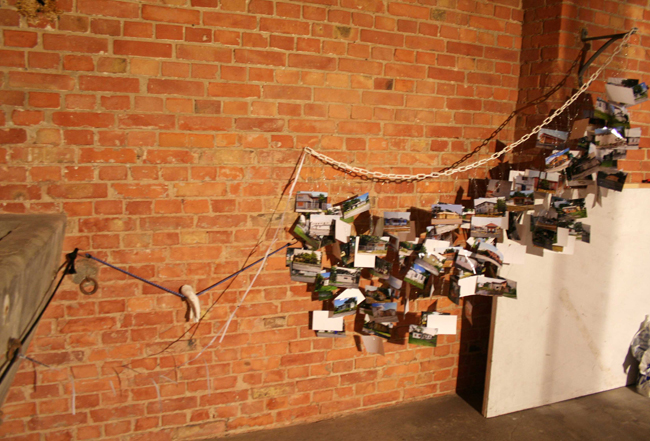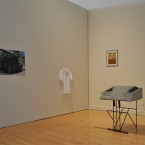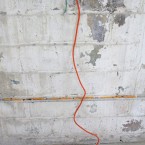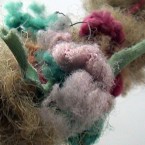UJAMAA (diagrams), 2015
text-based seating system
- Ujamaa (diagrams) 2015
- Ujamaa (diagrams) 2015
- Ujamaa (diagrams) 2015
- Ujamaa (diagrams) 2015
- Ujamaa (diagrams) 2015
- Ujamaa (diagrams) 2015
- Ujamaa (diagrams) 2015. Drawings by Cuban poet Samuel Feijóo.
- Ujamaa (diagrams) 2015
- Ujamaa (diagrams) 2015
- Ujamaa (diagrams) 2015
- Ujamaa (diagrams) 2015
- Ujamaa (diagrams) 2015
- Ujamaa (diagrams) 2015
- Ujamaa (diagrams) 2015
- Ujamaa (diagrams) 2015
- Ujamaa (diagrams) 2015
- Ujamaa (diagrams) 2015
- Ujamaa (diagrams) 2015
- Ujamaa (diagrams) 2015
- Ujamaa (diagrams) 2015
- Ujamaa’s logo
Third Space: Inventing the posible (group exhibition)
Museum of Contemporary Art, North Miami. Sept. 25, 2014.

http://www.pamm.org/exhibitions/global-positioning-systems
Global Positioning Systems is the second iteration of Pérez Art Museum Miami’s Overview Galleries, in which selections from PAMM’s permanent collection are displayed alongside loans from important private collections. Consisting of six interrelated parts (titledHistory Painting, Visual Memory, The Uses of History, Urban Imaginaries, The Contested Present, and Forms of Commemoration), this thematic group presentation explores the intersection between globalization and history. Since the late 1980s, the political and economic forces unleashed at the close of the Cold War have combined with dramatic advances in transportation and digital communications to create an unprecedented degree of interdependency among the nations of the world. As the networks of individuals, institutions, and markets that constitute the international system of art-making and distribution have expanded to include voices from disparate regions and contexts, the field has become a mirror for the cultural effects of this heightened state of global integration. One of the most important of these cultural effects has been the destabilization of any singular understandings of time and world history. The idea that the past may bear different meanings depending on one’s geographic and cultural standpoint has never seemed more incontrovertible. Global Positioning Systems explores this issue by bringing together the productions of an international and intergenerational array of artists who engage diverse histories while raising questions about how the past is recorded and remembered.
On view through July 12, 2014
IMPACT & LEGACY: 50 Years of the CINTAS Foundation
As the first large-scale exhibition of the CINTAS
Fellows Collection, Impact and Legacy highlights
CINTAS Fellows from all eras and includes works
from the Foundation’s expansive collection. MDC
Museum of Art + Design, steward of the CINTAS
Fellows Collection, is composed of works by
CINTAS Fellows, the Foundation’s renowned annual competition and fellowship award administered by the Museum every October.
 MIA-BER (group show)
Curated by William Cordova at Verein Berliner Künstler, Berlin; June 19 – July 13, 2014.
MIA-BER (group show)
Curated by William Cordova at Verein Berliner Künstler, Berlin; June 19 – July 13, 2014.
Technological Disobedience at Miami Science Museum. Invited by James Herring
- Technological Disobedience at Miami Science Museum
- Technological Disobedience at Miami Science Museum
- Technological Disobedience at Miami Science Museum
- Technological Disobedience at Miami Science Museum
- Technological Disobedience at Miami Science Museum
Cuban America
An Empire State of Mind
Lehman College Art Gallery
February 4 – May 14, 2014
Reception: March 17th, 2014
6:00 – 8:00 pm
more info here

Horizon. Wind chime hanging fixed with red Napalm B.
Glass, aluminum, iron, clear acrylic, red Napalm B. 2013
- Horizon. Wind chime hanging fixed with red napalm b. Glass, aluminum, iron, clear acrylic, red napalm b. 2013
Romance
Curated by Peter Menéndez
Under the bridge
12425 NE 13th Ave (Ground Floor, #4)
NORTH MIAMI, FLORIDA 33181
OPENING RECEPTION:
Sunday February 9, 2014 6-9 PM
CLOSING:
Sunday April 6, 2014 noon – 3 PM
Other viewings bv APPOINTMENT ONLY
CALL. 305.987.4437
Pavel Acosta, Rafael Domenech, Alejandro González, José Iraola, María Martínez-Cañas, Juan Martín, Ernesto Oroza, Rubén Torres-Llorca, Daniel Viñoly
- Modular lamp: Greek Light, Napalm B, 2013
- Modular lamp: Greek Light, Napalm B, 2013
- Poster designed by Fabian Martinez for Tercer Mundo Tercera Guerra Mundial project.
- Poster designed by Fabian Martinez for Tercer Mundo Tercera Guerra Mundial project.
- Poster designed by Fabian Martinez for Tercer Mundo Tercera Guerra Mundial project (detail).
- Ernesto Oroza – Third World Third World War (installation view), 2013
- Ernesto Oroza – Third World Third World War (16mm films), 2013
- Miami 3D invitation card
Georgia Bullets
Gean Moreno & Ernesto Oroza
November 12 – December 21
CCE Miami
Georgia Bullets is a project that runs parallel to TAPAS: Spanish Design for Food, a major traveling exhibition that focuses on the work of Spanish designers in relation to food and culinary cultures. Georgia Bullets assumes a perspective that is, at once, the opposite of and a compliment to the relationship between professional design and culinary production: it looks at the anonymous and popular configurations that emerge around local food cultures. It focuses on non-professional production of objects, graphics, and behaviors within the context in which they are generated and employed. It also aims to understand how this localized production deals with the multitude of generic objects which, due to their economic accessibility, have invaded the city.
Along with an exhibition component, the project includes a pair of workshops with students from DASH (Design and Architecture Senior High School) and with students from the Culinary Institute of Miami Dade College. A 32-page tabloid, in a run of 20,000 copies, has been produced as an integral part of Georgia Bullets and will distributed at various points throughout the city. The tabloid is part of an editorial project–www.tabloid.org–that Moreno and Oroza have been developing since 2009.
Special thanks to Julie Kahn for allowing us to present a slideshow related to her project Swamp Cabbage, an investigation into local Florida food cultures, as part of this exhibition.
Georgia bullets at Design Log
- Gerogia Bullets – CCE Miami – 2013
- Gerogia Bullets – CCE Miami – 2013
- Gerogia Bullets – CCE Miami – 2013
- Gerogia Bullets – CCE Miami – 2013
- Gerogia Bullets – CCE Miami – 2013
- Gerogia Bullets – CCE Miami – 2013
- Gerogia Bullets – CCE Miami – 2013
- Gerogia Bullets – CCE Miami – 2013
- Gerogia Bullets – CCE Miami – 2013
- Gerogia Bullets – CCE Miami – 2013
- Gerogia Bullets – CCE Miami – 2013
- Gerogia Bullets – CCE Miami – 2013
- Gerogia Bullets – CCE Miami – 2013
- Gerogia Bullets – CCE Miami – 2013
- Gerogia Bullets – CCE Miami – 2013
- Gerogia Bullets – CCE Miami – 2013
- Gerogia Bullets – CCE Miami – 2013
- Gerogia Bullets – CCE Miami – 2013
- Gerogia Bullets – CCE Miami – 2013
- Gerogia Bullets – CCE Miami – 2013
- Gerogia Bullets – CCE Miami – 2013
- Gerogia Bullets (Research image)
- Gerogia Bullets (Research image)
- Gerogia Bullets (Research image)
- Gerogia Bullets – CCE Miami – 2013
- Modelo de expansión – Marabu (necklace of marabú seeds)
- Modelo de expansión – Marabu (necklace of marabú seeds)
- Tonel. Telarte pattern for Tabloid 26, 2013
Modelo de expansión (TelArte-Tabloide-Marabú) – Modelo de expansión (Romañach) – 2013
El proyecto Modelo de expansión (TelArte-Tabloide-Marabú) propone un paralelo crítico entre tres sistemas de producción y distribución: TelArte, el proyecto Tabloide y la planta de marabú.
TelArte fue una iniciativa cultural que relacionó, desde 1983, a decenas de artistas cubanos e internacionales con la industria textil de la isla. Mariano Rodríguez, Raúl Martínez y Manuel Mendive de Cuba; Robert Rauschenberg (USA), Shigueo Fukuda (Japan), Luis Camnitzer (Uruguay) entre muchos otros, adaptaron sus lenguajes a la tecnología textil existente en la isla. El proyecto se sostuvo hasta 1991 y fue principalmente impulsado en términos económicos por el Ministerio de Cultura de Cuba. Durante esos años se imprimieron decenas de miles de metros de tela de algodón y fueron distribuidos a precios asequibles por diversas redes comerciales. Los consumidores cubanos integraron estos textiles a sus vidas para atender sus propias necesidades.
Tabloide es una serie de periódicos producidos en relación a exhibiciones específicas. Por un lado de las páginas del tabloide se imprimen patrones que están determinados usualmente por elementos de la exhibición o del contenido teórico del tabloide. Estos lados con patrones pueden usarse como superficies decorativas para paredes (empapelados) y para designar espacios y funciones particulares en el lugar de la exhibición. El resto de las páginas del periódico se usan para presentar materiales (ensayos, entrevistas, programas) que de alguna forma expanden o cuestionan el alcance conceptual de la exhibición. Tabloide #26 se presenta como un modelo expansivo. El patrón elegido fue diseñado por el artista cubano y organizador de varias ediciones de TelArte Antonio Eligio Fernández (Tonel). El impreso contiene un ensayo sobre el marabú y su potencialidad para invadir espacios naturales, culturales y económicos.
Modelo de expansión (Romañach) es una producción de bisutería fabricada con semillas de marabú y otros elementos. Estas bisuterías son prototipos de una producción que busca diagramar la inercia invasiva del marabú. Las formas geométricas generativas de estas “joyas” provienen de celosías diseñadas por el arquitecto cubano Mario Romañach para el edificio de la Compañía de Inversiones en Bienes y Bonos, S.A. de 1958 (Calle C entre 29 y Zapata, Vedado).
En síntesis, los proyectos Modelo de expansión (TelArte-Tabloide-Marabú) y Modelo de expansión (Romañach) pretenden canalizar y entrelazar la inercia de cuatro fuerzas: TelArte como un mecanismo cultural para la producción y distribución de textiles (arte como objeto útil); Tabloide como un vector para la distribución de ideas; el Marabú como un sistema de dispersión natural; la celosía de Romañach como módulo repetitivo con una potencialidad expansiva óptima.

more info at Aluna Art Foundation website
UJAMAA: Inertia of the Vine
Works by Ernesto Oroza
From December 5th to January 15th/2013 at Aluna Art Foundation | Focus Locus
An installation that derives its name from a political group which sought in Africa the utopia of collectivism accounting for traces of anonymous and collective forms of creation, in which the fatality of nature and culture constitutes not only a symbiosis but a cycle of endless return.
Aluna Curatorial Collective
Ujamaa. Inertia of the vine
The Bejuco (climbing woody vine of the tropics) is the son of Dadá.The Bejuco, which has the same autistic inertia as Kurt Schwitter’s “Merzbau”, is the son of Dada Baldoné, the Yoruba goddess of vegetables. A rural ─and strangely universal─ myth asserts that all the bejucos are only one –an interminable one. It is even said that there is a great circle. Others speak of many “bejucos” forming closed loops, huge plant rings where the logic of the infinite is multiplied. In any case, if you find an end, it means that a circle has been broken.
The persistent and whimsical strength that inhabits the bejuco lies hidden in the city. It animates some bodies, collapses others; it nourishes unexpected flows. The accumulations of wood around some trees in the city come to my mind. The wooden trunk, processed and “shrunken”, returns to its origin. Baldoné, who is bejuco sap and guizazo seeds, shakes the vegetable kingdom, rejects the carpenter’s epiphany: the technological grain and edge. Wood is wood. The movement of the stick in the city makes a loop. From tree to tree, it closes a circle. In the meantime, because that is what Dadá permits, the trunk is subject of labor, time unit, exchange value, subject to rule. Or at least it is ideally that.
There where things cannot be named as Home Legend Honey, Marazzi Imperial Slate, Three Rivers Gold Slate – where Home Depot has not yet arrived – materials are subjugated by the force of need, that latency as powerful as the bejuco, which can contain a coffee field or drown a river.
Ujamaa. Inercia de bejuco
Bejuco es hijo de Dadá. El bejuco, que tiene la misma inercia autista del merzbau de Schwitter es hijo de Dada baldoné la diosa yoruba de los vegetales. Se afirma en un mito rural y extrañamente universal que todos lo bejucos son uno solo, si encuentras un extremo significa que se ha roto un círculo. Según la leyenda hay bejucos cerrados que forman enormes lazos, se aíslan al unir sus dos extremos, la naturaleza queda suspendida por su propia lógica.
La fuerza persistente y caprichosa que habita en el bejuco subyace en la ciudad. Anima cuerpos, colapsa otros, alimenta inesperados flujos. Pienso en las acumulaciones de maderas alrededor de algunos arboles en la ciudad. El palo, procesado y “consumido”, retorna a su origen. Baldoné, que es baba de bejuco y semilla de guizazo sacude el universo vegetal, rechaza la epifanía del carpintero: la cara y el canto tecnológicos. Madera es madera. Hace un lazo (loop) el movimiento del palo por la urbe. De árbol a árbol cierra un círculo. En el ínterin, porque eso es lo que permite Dadá, el madero es sujeto de labor, unidad de tiempo, valor de cambio, objeto de norma. O al menos idealmente.
Alli donde las cosas no pueden ser nombradas como Home Legend Honey, Marazzi Imperial Slate, Three Rivers Gold Slate, –donde aun no arriba Home Depot– las materias están subyugadas por la fuerza de la necesidad, esa latencia tan poderosa como el bejuco, que puede encerrar un campo de café o ahogar un rio.
- untitled (loop),2009
- untitled, 2012
- untitled, 2012
- untitled (loop), 2012 (in collaboration Liber Ponce & Ernesto Oroza)
- untitled (loop), 2012
- untitled, 2012
- untitled (loop), 2012
- Untitled (Habitat cell made out with euphorbia trigona shrubs and an aluminum door), 2012
- Untitled (Habitat cell made out with euphorbia trigona shrubs and an aluminum door), 2012
- untitled, 2004
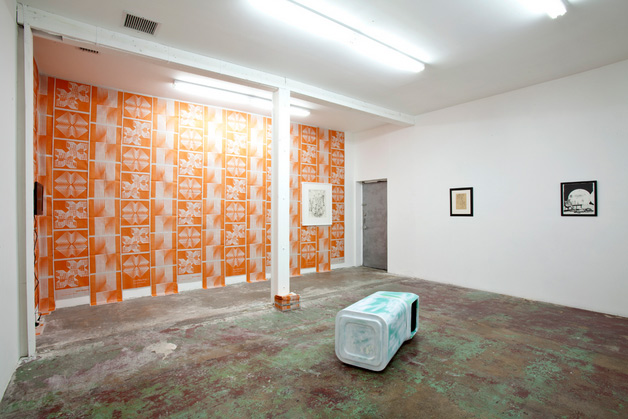
Khamsa-izm
Gallery Diet
http://gallerydiet.com/2012/03/21/khamsa-izm-organized-by-nicolas-lobo/
November 30th 2012—January X, 2013
Organized by Nicolas Lobo
An exhibition in which the moral circuit between the eye and the hand is traveled.
Featuring work by: Kenneth Tam, Martijn Hendriks, Alyse Emdur, Harun Farocki, Bill Daniel, Peter Bagge, Unica Zurn, Daniel Newman,Emmett Moore, and The Tabloid by Gean Moreno and Ernesto Oroza.
Can the eyes project evil? What does the act of looking do to affect the things we look at? If the eyes function as a deterministic mechanism for the actions taken by the hands, it seems to be a very difficult mechanism to negotiate. The works included in this show interrogate the moral tension between the eyes, the hand or may be simply a result of the pressures of both.
One can sit on Emmett Moore’s bench: a toppled fiberglass trashcan in the center of the exhibition space. The trashcan is painted a saturated aqua color and its design suggests origins in a theme park or outdoor mall from the mid 20th century. Describing an act of delinquency by a hand in an environment we can imagine with wry familiarity, the seating sets the tone for what is to be viewed from it. For example, in Harun Faroki’s filmEye/Machine, we see images taken by the machines of war themselves; the pictures don’t quite fit the rubric of propaganda. Instead the film suggests a policy of image-making that may have eclipsed the other functions of armed conflict.
Where we can see these ethical traces we may be tempted to follow the morality described by them. First we should consider not only the images but also how they are seen. What ethical modifiers are the viewing conditions? Can the eye inflect these hand marks with its own possibly deviant urges?
Chains
4.11 – 14.11. 2012
HORSE, Boxhagenerstr. 93, 10245 Berlin
kuratiert von Dani Jakob, Gabriel Vormstein, Sebastian HammwöhnerÖffnungszeiten 5.11. – 14.11. 12 nach telefonischer Vereinbarung: 0178 2984987 oder 0163 2533978 oder Kontakt über: horseberlin@gmx.de
Cultural Consortium Visual and Media Artists Fellowship Exhibition 2012
September 22,
2012 University Galleries, Florida Atlantic University
777 Glades Road, Boca Raton, FL 33431
ARTISTS IN THE EXHIBITION: Nellie Appleby, Domingo Castillo, Clifton Childree, Phillip Estlund,Jiae Hwang, Eric Landes, Nicolas Lobo, Mark Moormann,Ernesto Oroza, John Sanchez and Tom Scicluna.
- Untitled (cabaret a la deriva), 2011. Video (100 slides), two projections. Ritter Art Gallery
- Untitled (cabaret a la deriva), 2011. Video (100 slides), two projections. Ritter Art Gallery
- Untitled (cabaret a la deriva), 2011. Video (100 slides), two projections. Ritter Art Gallery
- Untitled (cabaret a la deriva), 2011. Video (100 slides), two projections. Ritter Art Gallery
- Installation view at Ritter Art Gallery.
- Obrero, construye tu maquinaria! (Worker, build your own machinery!) 2012. Embroidered Polo shirt.
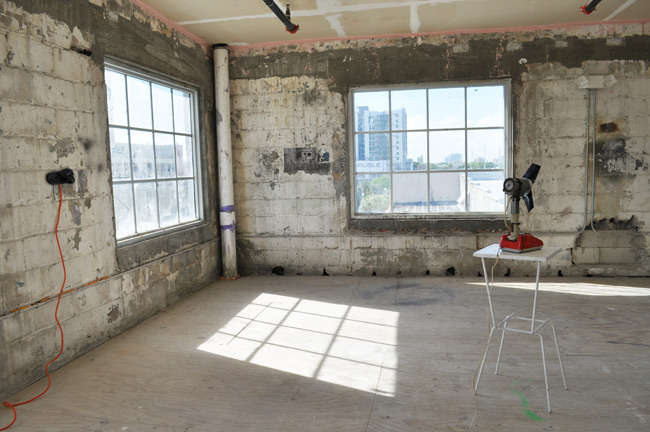
Light a fire with your house. Redrawing LegalArt’s building. Electrical system, pencil, plastic sandal, text on wall, action. 2011 (Left).
Moral Modulor’s Drawings Project “When anthropometric dimensions become a metaphor for moral dimensions”, newspaper, cut 2011 (center)
Potential House. From Architecture of Necessity, 2008 (right).
“Four Minutes, Thirty-Three Seconds” LegalArt, Miami. Curated by Omar Lopez-Chahoud. Press release
“Four Minutes, Thirty-Three Seconds” revisits the liberated attitude towards the creative process that defines the Fluxus movement. This project coincides with significant exhibitions happening at MOMA, NY; the Grey Art Gallery; NYU and at the Storefront for Art and Architecture, in collaboration with Performa 2011. This leads us to reflect on the similar attitudes between Fluxus actionists and a younger generation of artists as well as the socio-economic context in which these responses arise.
The title of this exhibition makes reference to a piece by composer John Cage, a notable influence on the Fluxus work of Lithuanian-born artist George Maciunas. Maciunas (1931-1978) organized the first Fluxus event in 1961 at the AG Gallery in New York City and the first Fluxus festivals in Europe. The Fluxus art movement in the 1960’s and 1970’s was characterized by a strongly Dadaist attitude, promoting artistic experimentation mixed with social and political activism. Often celebrated anarchistic change, Fluxus members avoided any limiting art theories and spurned pure aesthetic objectives. Their activities resulted in events or situations often called Aktions (works challenging the definition of art) and included performances, guerilla or street theater and concerts of electronic music, many of them similar to what in America were known as Happenings.
In the spirit of the Fluxus tradition, Omar Lopez-Chahoud has invited local and international artists, collaboratives, situationists, and curators to present projects in the form of publications, events, discussions, performances, situations, and other actions. These groups and individuals will activate the space in a way similar to the Happenings of the Fluxus Movement, inspired by an anti-art and anti-consumer enthusiasm. Participants in this exhibition include: Augurari Editions, Rodolfo Andaur, Hackworth Ashley, Spring Break, Monserrat Rojas Corradi, Cat Dove, Viking Funeral, Andrea Galvani, Jay Hines, Scott Hug, Karlo Ibarra, Carlos Irijalba, Brookhart Jonquil, Jason Keeling, Kristin Korolowicz, Liz Magic Laser, Nicolas Lobo, Gean Moreno, Richard Mosse, Ernesto Oroza, Gaston Persico, Manny Prieres, Print and Paste Collective (FAU), Megan Riley, Tom Scicluna, Joaquin Segura, SOMA, Natika Soward, Lara Stein Pardo, Suzanne Stroebe, Third Streaming/Yona Baker, Cecilia Szalkowicz, TM Sisters, Pinar Yolacan and others.
Omar Lopez-Chahoud has made use of his LegalArt residency as a lab for ideas, strategies and questions that organically shape the content of this exhibition. This project, like Cage’s composition, creates a potential space for creative energy and responses, facilitating a fertile dialog with the community outside of the traditional gallery venue. Publications produced by artists, curators, and art organizations will be available for research on the second floor of LegalArt. The exhibition continues on the fourth floor with multimedia installations and performances.
read Art in America review
- Light a fire with your house. Redrawing LegalArt’s building. Electrical system, pencil, plastic sandal, text on wall, action. 2011. © Kerry McLaney
- Light a fire with your house. Redrawing LegalArt’s building. Electrical system, pencil, text on wall, plastic sandal, action. 2011. © Kerry McLaney
- (detail) Light a fire with your house. Redrawing LegalArt’s building. Electrical system, pencil, plastic sandal, text on wall, action. 2011
- Moral Modulor’s Drawings Project “When anthropometric dimensions become a metaphor for moral dimensions”, newspaper, cut, 2011
- Potential House. From Architecture of Necessity, 2008 (right).
- Tabloids, 2008-2011 www.thetabloid.org
- Ernesto Oroza lecture on Architecture of Necessity.
- Redibujando el hogar. Diagram from Architecture of necessity
Rethinking home from a pragmatic and criminal perspective. I am using the electrical system to “redrawing” the house. The action is connected with thousands of gestures individules that reimagine the urban infrastructures.
Nektar De Stagni and Gallery Diet are pleased to announce a new collaborative project:
Hard Poems in Space
Opening September 8th 2011, 7 to 10 pm
Bhakti Baxter, Paola Pivi, Gean Moreno, Ernesto Oroza, Christy Gast, Jim Drain, Martin Oppel, Daniel Milewski, Agathe Snow, Emmett Moore, Rene Gonzalez, Fabienne Lasserre, Nektar De Stagni, Confetti System, Dennis Palazzolo, Aranda/Lasch.
The project, which began during the summer of 2011 through a series of workshops at NDS (Nektar De Stagni Shop) and Gallery Diet, was conceived in order to bring together invited Artists and Designers to make functional objects. Participants are working collaboratively or individually, but with the goal of creating an overall exchange between different practices, as well as to create a cohesive and interactive social environment, to open on Fashion’s Night Out on September 8th, through December, 2011, at the NDS
Design District Space.
Nektar De Stagni Shop
155 ne 38th St.
Miami Design District.
Open Daily 11am to 6pm
786 556 3033
WWW.NEKTARDESTAGNI.COM
info@nektardestagni.com

ART@WORK PRESENTS ENEMIGO PROVISIONAL
Exhibition of Works by Ernesto Oroza
On View July 9 – August 31, 2011
Opening Reception: Saturday, July 16, 2011
- Untitled. (from archive Enemigo Provisional). 2004, D-print, 5 x 7 inches & Untitled. (from archive Enemigo Provisional). 2004, D-print, 8 x 10 inches.
- Untitled. (from archive Enemigo Provisional). 2004, D-print, 8.5 x 11 inches & Untitled. (from archive Enemigo Provisional). 2004, D-print, 8.5 x 11 inches
- Untitled. (from archive Enemigo Provisional). 2004
- Untitled. (from archive Enemigo Provisional). 2004
- Untitled. (from archive Enemigo Provisional). 2004
- Untitled. (from archive Enemigo Provisional). 2004
- Untitled. (from archive Enemigo Provisional). 2004
- Untitled. (from archive Enemigo Provisional). 2004
- Untitled. (from archive Enemigo Provisional). 2004
- Untitled. (from archive Enemigo Provisional). 2004
Provisional Enemy
Shooting galleries in Cuba are spaces traversed by a nihilistic ray. These are sectors of the city–and of the material culture of the island–in which destruction occurs at an accelerated pace. They are the dispersed centers from where the void radiates.
6 years ago I made a video titled Provisional Enemy. During the first seconds of the video, one reads: “On Tuesday, 26th of February, 2004, the person in charge of a shooting gallery agreed to sell me his work resources: a wire full of hanging objects that have been shot by dozens of Cubans, each day, with a pellet gun.”
A version of this video, photos from the archive “Enemigo Provisional”, and videos of Fidel Castro promoting household goods from Communist China in Cuban national television constitute the exhibition “Enemigo Provisional” at Artatwork.
Ernesto Oroza, 2011

































